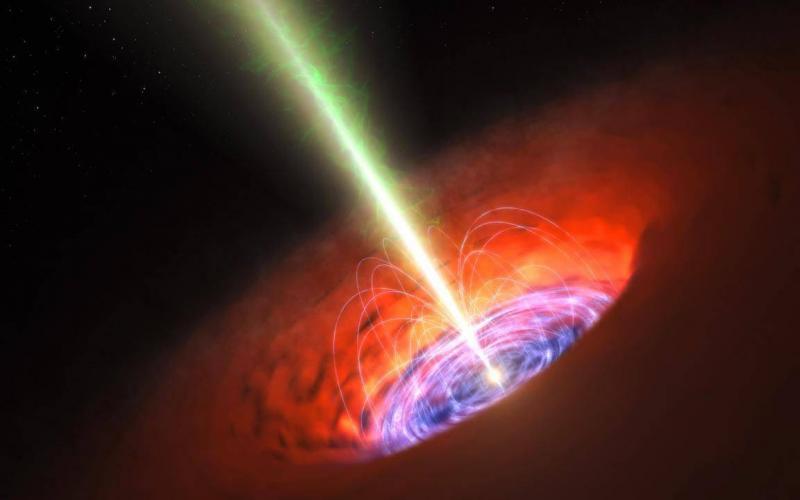Officials at the University of Utah announced that "an international team of scientists and researchers from the Telescope Array project has discovered the second strongest cosmic ray ever recorded, the nature of which cannot yet be determined." Telescope Array representative at the University of Utah, John Matthews, points out that "tracing the path of the new particle (which constitutes the ray) back to its source reveals nothing about the immense energy level required to produce it. This is the mystery."
According to the university, researchers from Utah used a telescope array covering an area of 700 square kilometers in 1991 during an experiment called "Fly's Eye" to detect the strongest cosmic rays in observational history. The particles that make up these rays were named "Oh My God." According to astrophysicists, "nothing in the galaxy could produce such a stream, and it turned out that the energy of the particle exceeds what was theoretically possible for cosmic rays." Such a particle, the university magazine "U" confirms, cannot exist in nature.
However, the Telescope Array team discovered the second strongest cosmic ray in May 2021. Later, in November 2023, the researchers published a paper indicating that the particles, named "Amaterasu" after the Japanese sun goddess, may follow laws of elementary particles unknown to science. Professor John Beals from the university states: "It could be defects in spacetime structure, or cosmic string collisions. I'm just throwing out the crazy ideas that people converge on because generally there is no accepted explanation."




